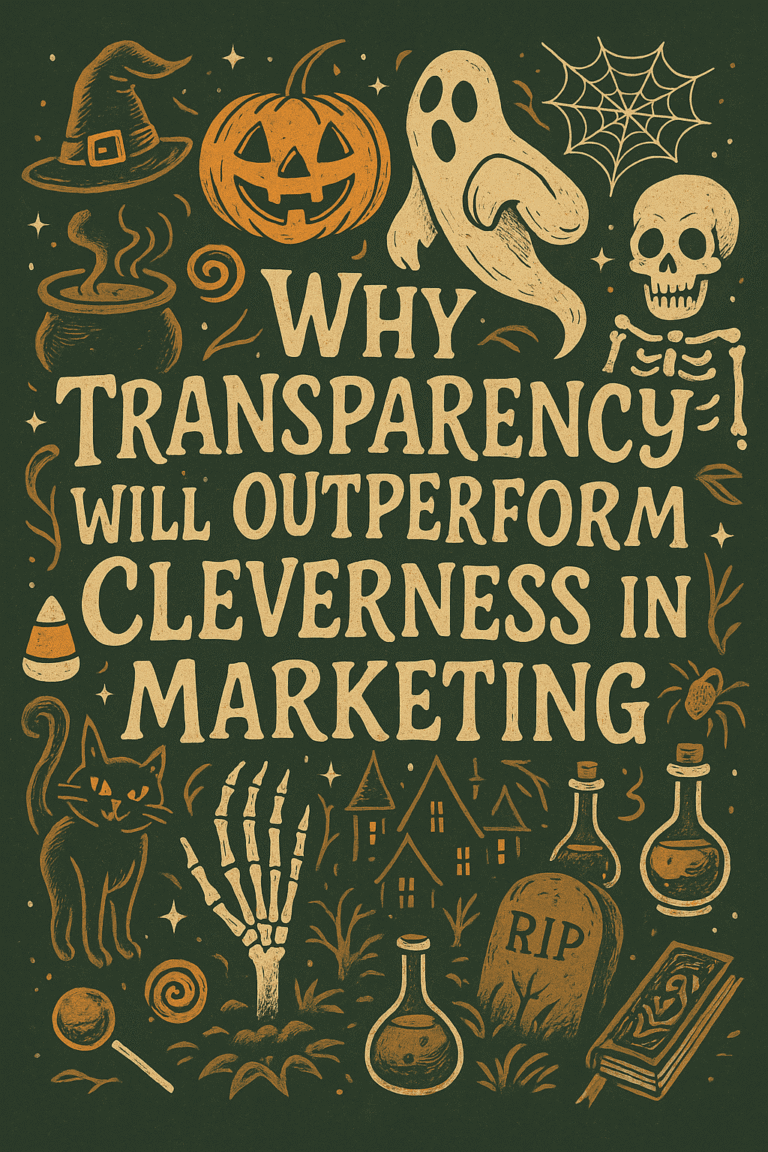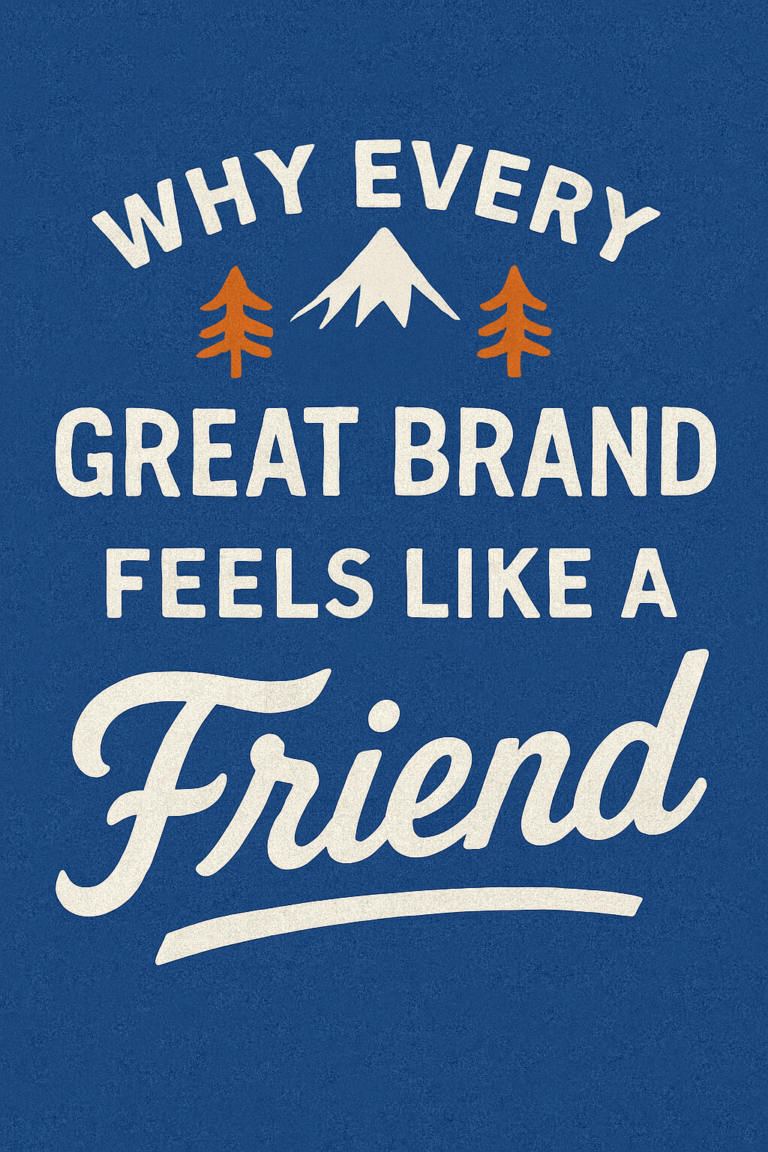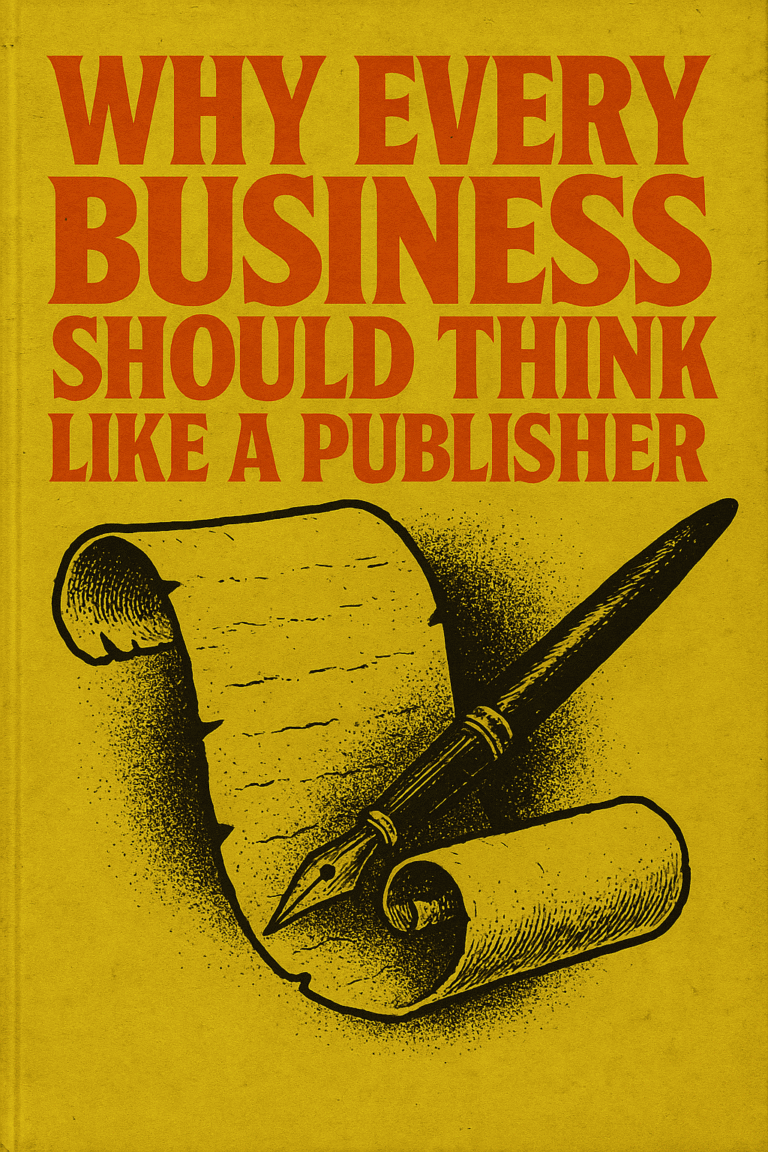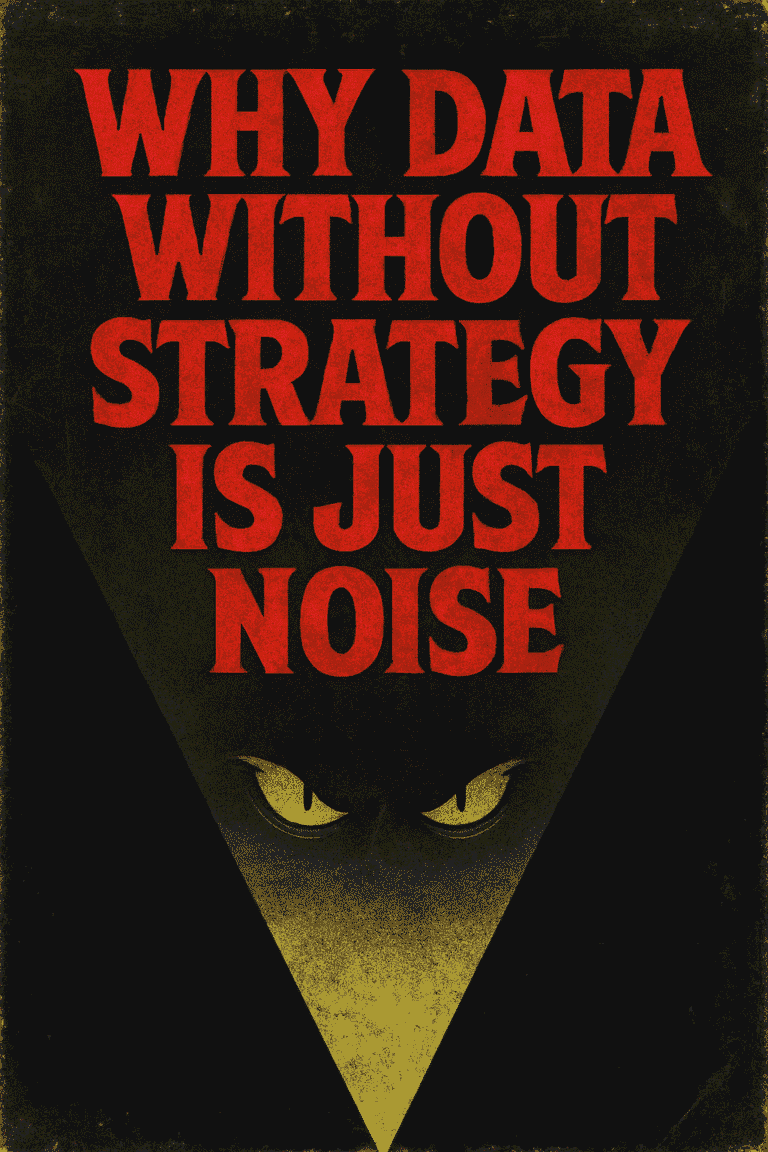White space is a common topic that comes up daily in our design work.
Someone will approach us for a job they need us to design (brochure, business card, flyer, etc.). We discuss their product or service, ask about their USP (Unique Selling Proposition), and talk about their current client base (among many other things).
We move forward and the person sends over their content document (images and text). The majority of the time there is a lot of content here, especially for the medium we’ll be designing for.
Depending on the marketing piece, audience, and message will determine the amount of content we will need. If we have 5,000 words and only a 6 x 4” postcard to design, the space for content is going to be limited and not very effective. On the other hand, if we’re creating a brochure or booklet, there will be a lot of room for content and imagery.
Instinctively we all want to list every neat feature that our product or service offers. The problem is that your audience doesn’t care. At least not yet. They want a quick snippet of why they should buy your product (through imagery and your message). Then they can decide to research it further or purchase now. With attention spans of the average housefly, you can expect your potential buyers to see your laundry list of features, decide it’s too much work to read, and move on.
You have got to design appropriately for your audience.
Are you offering 5 buck chuck swap meet glasses or are you offering the most trendy high-end glasses out there?
Design, along with your message will communicate this.
Take a look at the image in this post. Which advertisement communicates luxury, and which says luxury, but designs for anything but?
If you have a high quality product, it will speak for itself. You don’t have to scream (e.g., !!!!!) at your audience telling them why it’s the best. They’ll make that decision.






